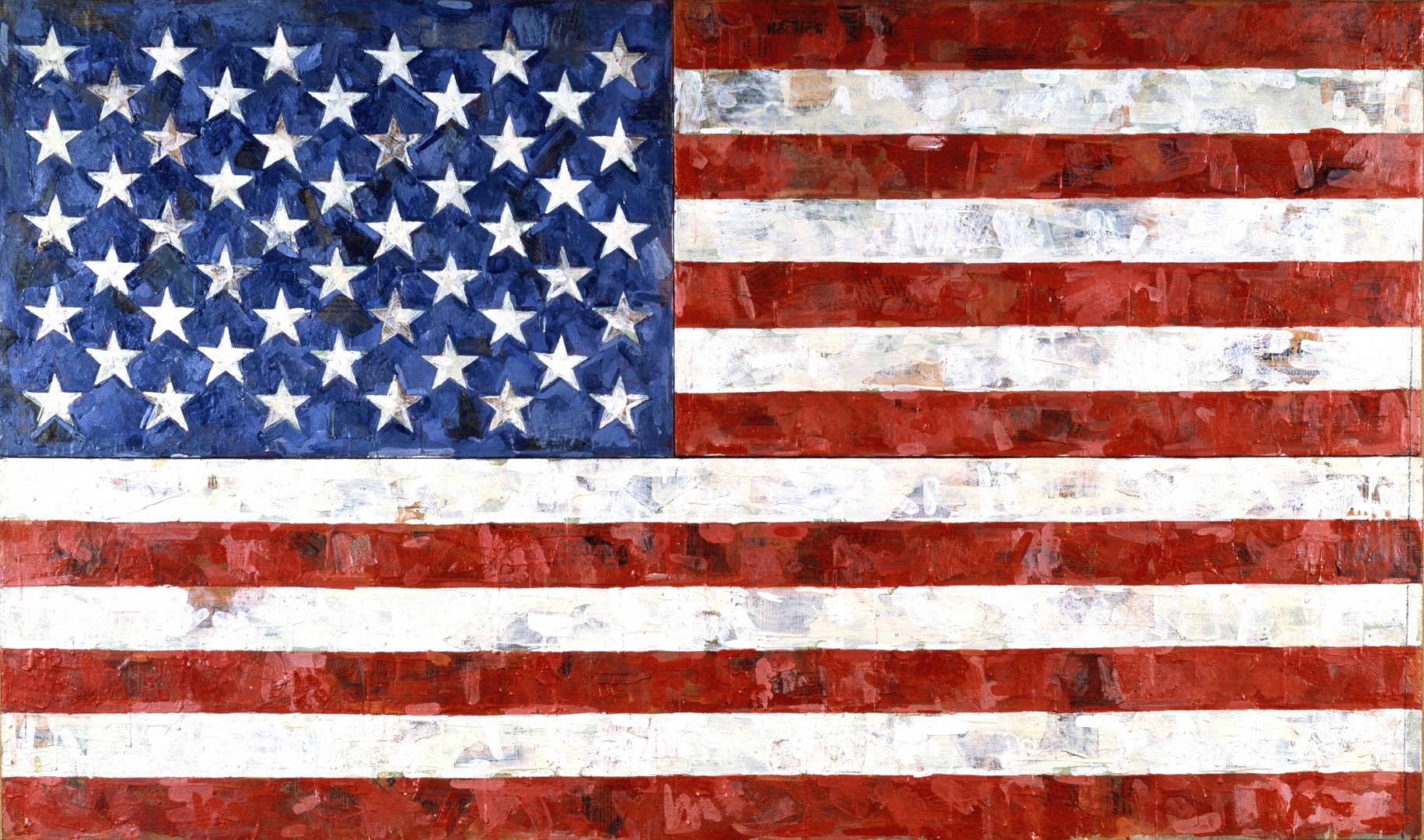Questions asked out of a desire for fulfillment of a heritage’s promise will not shatter the enterprise. Watch the recording here.

During the stormy days of protests against the War in Vietnam, some demonstrations would climax with someone burning an American flag. When images of that would appear on the news, my mother would turn to me and say, “Why do they have to burn the flag? Why don’t they instead wash it or revive it in some way?” Mom has always known something about how to promote change based on hope rather than despair.
It takes a measure of artistry to balance embracing a heritage’s contributions with criticizing its shortcomings. Wave a nation’s banner only in uncritical triumph and it soon will serve as a symbol of oppression. Display it only for burning in outrage over unredressed grievances and soon the whole nation will be engulfed in flames. Fortunately, the United States has been blessed to have had one with the artistry to help us negotiate between pride in national heritage and disturbance at its shortcomings.
Jasper Johns was born in Augusta, Georgia in 1930. Devotion to country was embedded in his very naming. As a young boy, Johns was told by his father that he had been named in honor of Sergeant William Jasper, an American Revolutionary War hero who had recovered and re-flown a Moultrie flag at Fort Sullivan in South Carolina on June 28, 1776, after a British shell had destroyed its flagstaff. At that point in the war, there was no official United States or South Carolina flag. To taunt the British navy patrolling offshore, the South Carolina Council of Safety ordered Colonel William Moultrie of the South Carolina militia to design one. He created a flag with a blue field and a white crescent moon and the word “Liberty” on the moon.
When the British bombarded Fort Sullivan, a cannon shot broke the flagstaff and the flag fell down outside the fort. Sergeant William Jasper, an illiterate youth, ran outside the fort for the flag, crying, “We cannot fight without a flag!”
Johns’ parents divorced when he was a toddler. He lived with his paternal grandparents until the age of nine. During his adolescence he was raised by his aunt and, along with two other students, was taught by her in a one-room schoolhouse. By the age of 18, Johns moved to New York City to study art. He served two years in the army during the Korean War, and two years later he created his first American flag painting. Over the course of his career he painted over 40 of them, each one with a different treatment.
A gay man, an artist and living in New York, Johns had traveled far from the environs of his birth and adolescence. Still, he carried with him the heritage of the importance of a flag: “We cannot fight without a flag!” But Johns made the flag not a source of fixed, regressive beliefs. He turned it into a site of challenge, one layered with gently offered difficult questions about society.
The 1967 flag painting presented here is built over bits and pieces of the New York Times. Those words were originally part of a coherent front page. In Johns’ painting they are reduced to fragments and non-sense. That is how the country’s fabric was at the time. Johns is asking us to look at ourselves as a nation…layers deep, not just on the surface. The flag helps us to do that. It is at once familiar and a field of questions. Without it we become lost, both to our past and to our future.
In Parshat Ekev Moses retells two types of incidents from the past of the Israelites. One set involves the making of the golden calf and the decision not to enter the promised land thirty-eight years before. Both of those constituted a rejection of the freedom and responsibility that was the purpose of leaving Egypt. The golden calf was an attempt to make fixed that which must always be in motion: life itself. And not entering the land represented a reluctance to become responsible for one’s own life. Such acts are described as a breaking of the sacred mission.
The second set consists of acts of grumbling, questioning and even complaining. While challenging, they do not represent a total fracture of the mission. They are concerns, human ones, that need to be addressed. There is even a hint that such challenges are fuel that keeps the journey toward freedom andresponsibility going. Moses reminds the Israelites that when they were hungry they received bread from heaven. The word for this bread, “manna,” is based on the Hebrew words the Israelites used when they first saw the sustenance: man hoo “what is it?” Questions, more than fixed certainties, are what sustain us in our journey.
Jasper Johns, born in Georgia and raised in South Carolina, a veteran, a gay man, an artist has for almost seventy years taught us the importance of carrying a heritage into the future even while interrogating its currency and sufficiency. Questions asked out of a desire for fulfillment of the promise will not shatter the enterprise. And as both Sergeant William Jasper and Jasper Johns remind us, “We cannot fight without a flag!”
Thanks, Mom.
Join us here at 7:00 p.m. (PDT) Thursday August 18 as we explore faithful questions.








